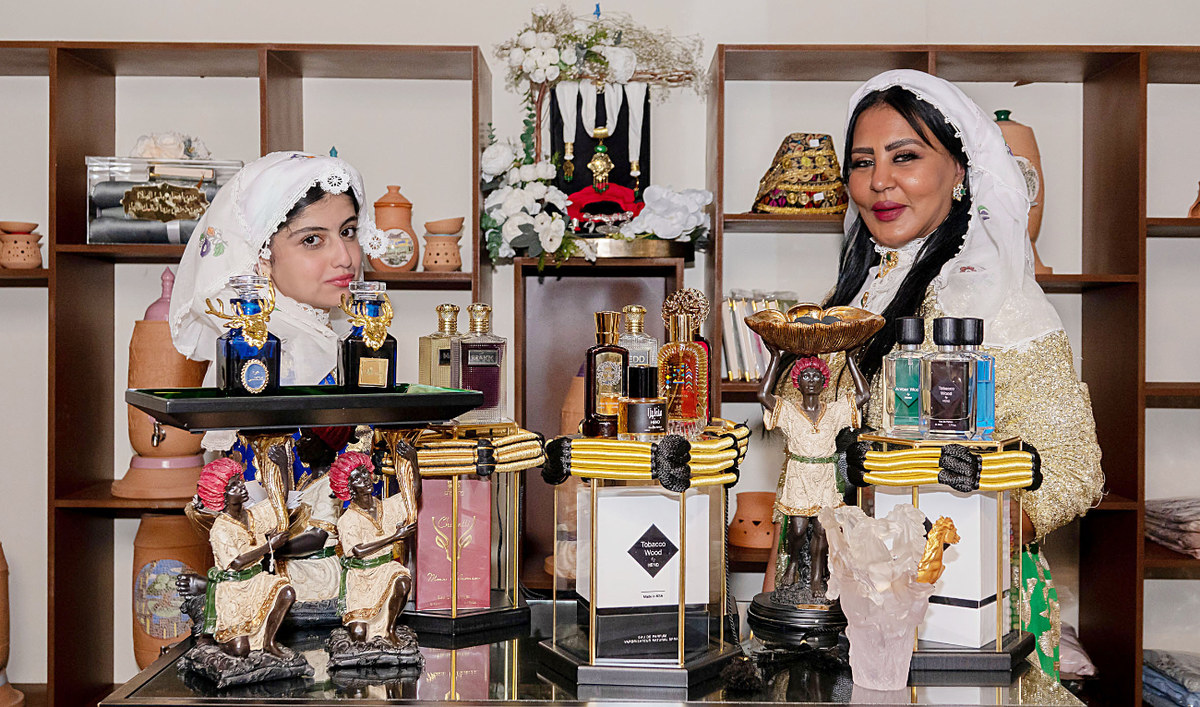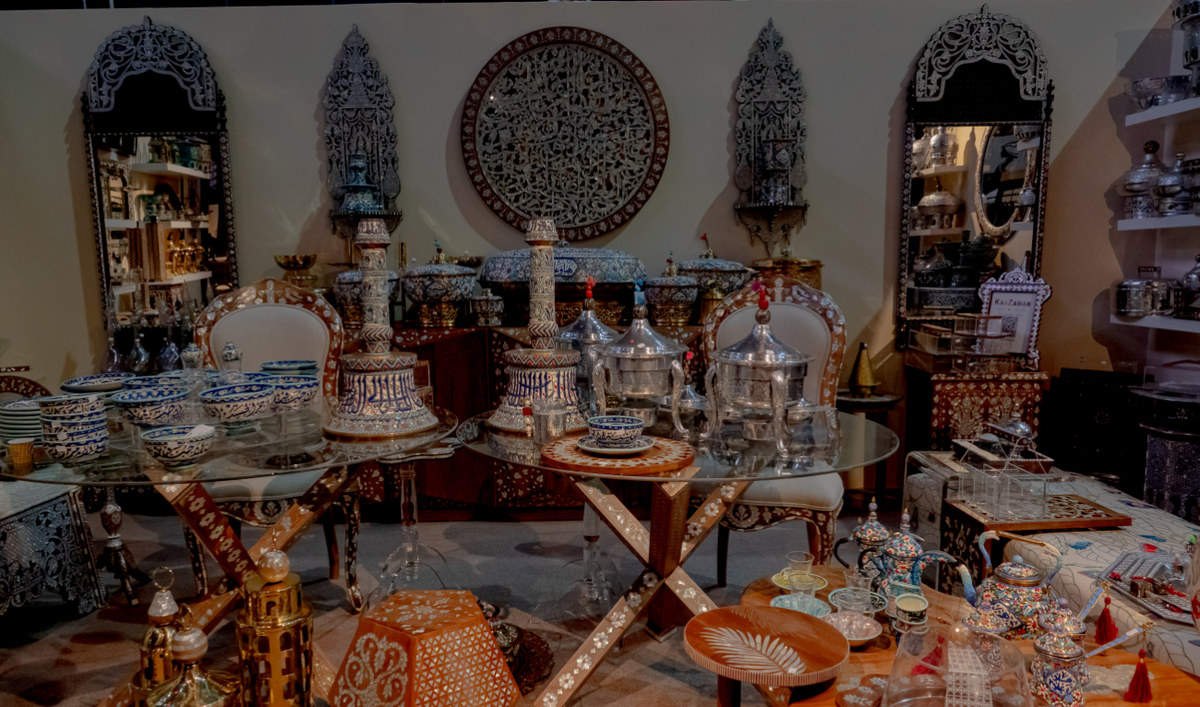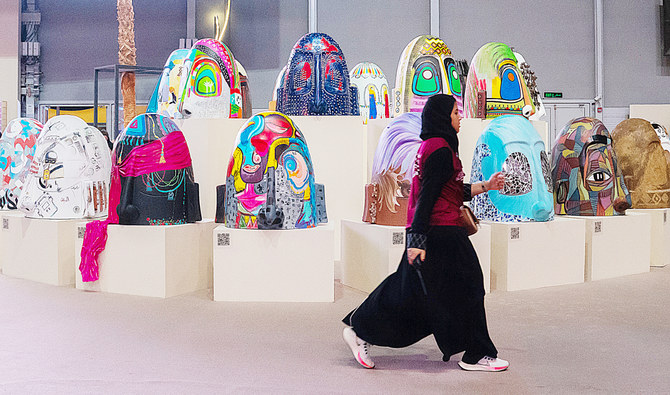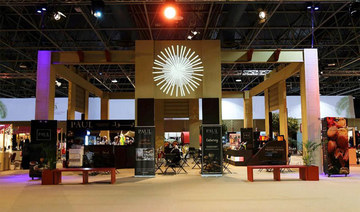Jeddah: An exhibition was launched in Jeddah on Tuesday to support patients suffering from chronic illnesses, showing local products and homemade wares at Jeddah Superdome under the patronage of Princess Adela bint Abdullah.
Organized by the National Home Health Care Foundation with the support of the General Entertainment Authority, the 21st edition of “Bisat Al Reeh,” an annual non-profit exhibition, is being staged as part of the Jeddah Season activities.
Princess Adela, chairperson of the board of trustees of the foundation, told Arab News: “‘Bisat Al-Reeh’ exhibit is the main source of income for the foundation that supports needy patients in ten different cities in the Kingdom. We are very proud to have such a cultural and economic event with all these new brands and big brands joined together to support our goal.”
The latest edition witnessed the participation of more than 180 brands, including local homemade products such as home accessories, jewelry, elegant decorations, food products and other items inspired by the heritage of the Kingdom.
Princess Adela said: “I always encourage Saudi brands to participate nonetheless, we are very proud to have other brands also participating (and) it gives them a chance to know each other … maybe develop business together and learn from each other.”
She added: “I would like to encourage society to come and visit us. This is a very good cause. It’s a humanitarian cause as it deals with patients with chronic diseases, and it helps different business people to showcase their efforts and know more about what is needed in our society.”
Local and international renowned charities and arts companies are also participating in the exhibition.

(AN photo by Huda Bashatah)
One of the highlights of this year’s exhibition is a set of collaborative and multi-faceted sculptures by a group of artists.
The piece, titled “Ana Juz’a” — which translates as “I am a part of” — allowed each of the artists to present their own artistic view through a three-dimensional model, with each element displayed at a different place within the exhibition venue.
Renad Al-Demh, one of the event volunteers, told Arab News: “The artwork is a collaboration with the foundation. The 28 artists are mostly Saudis and Arabs and one of them is from the US.”
The sculptures featured at the exhibition showcase humans, health, culture, beauty and life mottos.
Saudi calligraphic Ahmed Jeddawi, who showcased his conceptual artwork at the exhibition, said: “As a calligrapher and a lover of conceptual works, through this art, I wanted to shed light on the concept of health and emptiness and their importance as a blessing that many people may not recognize.”
He added: “I choose to symbolize it by writing and abstracting the letters of the word ‘health’ in Arabic.”

(AN photo by Huda Bashatah)
Some of the artworks evoked optimism and joy, some narrated stories of the Hijazi woman in the past, while others focused on representing Saudi folk dances such as contemporary cubist paintings of men performing with the flute, which is one of the most widely used wind instruments in the cities of Hijaz, often played during celebratory events.
Each artwork has a QR code which visitors scan to learn more about the piece.
Abeer Qabbani, head of the exhibition and vice president of the foundation, said that revenues will be used to support the programs and activities of the foundation.
Qabbani added that the funds will cater to different services pertaining to the medical, emotional, psychological and social wellbeing of those who suffer from chronic diseases, their families and their caretakers.
This year’s “Bisat Al-Reeh” exhibition is open for women only from Tuesday to Friday, with families welcome on Saturday from 4:30 p.m. to midnight every day.



























